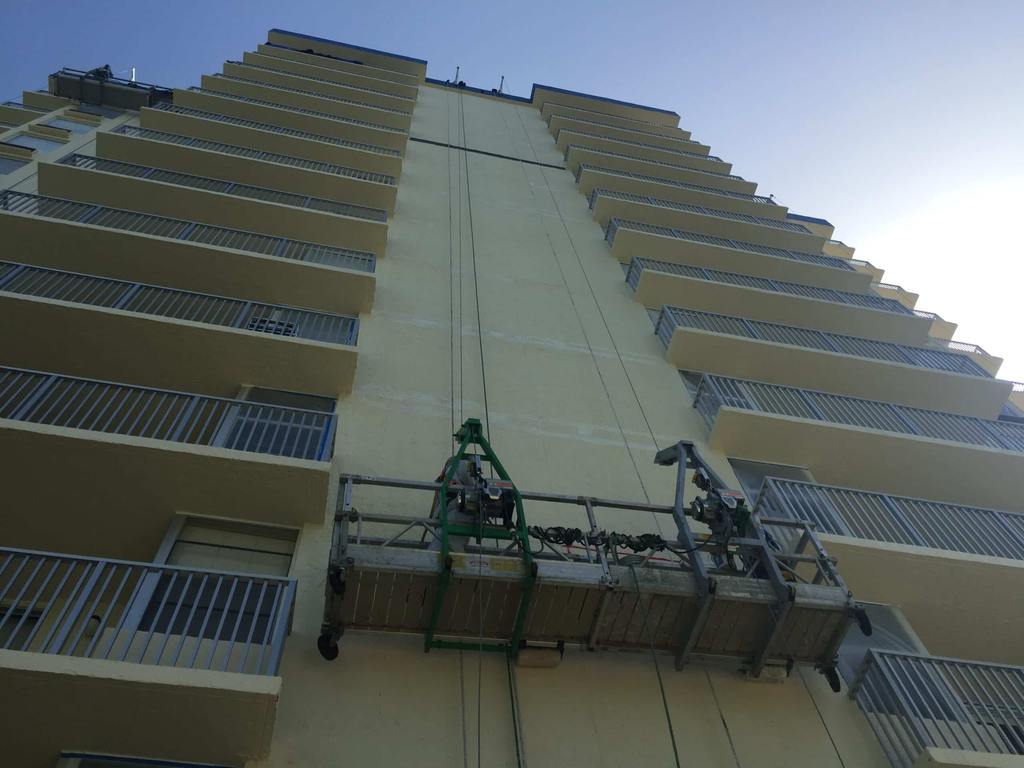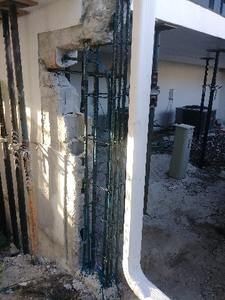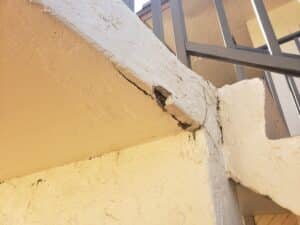In the world of property maintenance, EIFS foam trim repairs hold a special significance for condo-HOA and commercial properties. EIFS, or Exterior Insulation and Finish Systems, consist of foam trim elements that add aesthetic appeal and insulation to buildings. However, over time, these foam trims may face various issues that require prompt attention and repair.
This comprehensive introduction delves into the world of EIFS foam trim repairs, offering valuable insights into identifying common problems and implementing effective repair techniques. Whether you’re a property manager, condo owner, or HOA representative, this guide aims to equip you with the knowledge and understanding needed to maintain the beauty and integrity of your property.
Join us on a journey as we explore the intricacies of EIFS foam trim repairs, providing practical solutions and tips to ensure your property remains visually stunning and structurally sound. From identifying telltale signs of damage to selecting the right repair methods, we’ll cover it all in this comprehensive guide. So, let’s dive in and discover how EIFS foam trim repairs can transform your property into a masterpiece once again!
Common EIFS Foam Trim Issues
To effectively address EIFS foam trim problems, it’s essential to recognize the common issues that can arise in condo-HOA and commercial properties:
1. Cracks and Delamination: Over time, cracks may develop due to substrate movement, improper installation, or natural aging. Cracks can lead to delamination, where layers of material separate and weaken the overall structure.
2. Water Infiltration: If not adequately sealed, EIFS foam trim can allow water to penetrate the building envelope, leading to moisture accumulation and potential structural damage.
3. Mold and Mildew Growth: Moisture infiltration can create a hospitable environment for mold and mildew growth, posing health risks for occupants and causing deterioration of EIFS and underlying materials.
4. Impact Damage: Physical damage from impacts, such as severe weather or incidental contact, can mar the EIFS foam trim’s surface and compromise its structural integrity.
Identifying Damage
Regular inspections and accurate diagnosis of EIFS foam trim damage are crucial for prompt and effective repairs:
1. Visual Inspection: Conduct routine visual inspections of your EIFS foam trim, looking for signs of damage such as cracks, delamination, staining, or discoloration. Pay attention to areas around windows, doors, and joints where issues often start.
2. Moisture Detection: Utilize moisture detection tools, such as moisture meters or infrared thermography, to identify areas where water may have infiltrated the EIFS foam trim’s surface.
3. Professional Assessment: Consider engaging a professional contractor or building inspector with experience in EIFS foam trim repair to ensure accurate identification of underlying issues and the development of a tailored repair plan.
Repair Techniques
Restoring damaged EIFS foam trim requires a range of professional repair techniques, depending on the severity and extent of the damage:
1. Patching and Repairing Cracks: Small cracks and holes can be patched using EIFS-compatible repair materials, ensuring a seamless and well-bonded repair. Once patched, the area can be sanded and refinished to match the surrounding EIFS texture.
2. Sealing Joints and Penetrations: Proper sealing of joints, windows, doors, and other penetrations with compatible sealants is vital to prevent water infiltration and subsequent damage. Periodic sealant maintenance can extend the service life of your EIFS foam trim.
3. Refinishing and Coating: For more extensive surface damage or areas of delamination, professional refinishing may be required. After repairing damaged areas, applications of EIFS-compatible coatings can help restore the appearance and protect against future damage.
4. Complete Replacement: In cases of severe or widespread damage, full replacement of EIFS foam trim may be necessary to ensure the building’s exterior integrity and performance.
Preventative Maintenance
Proactively maintaining your EIFS foam trim installations can minimize future repairs and associated costs:
1. Regular Inspections: Schedule periodic inspections of your EIFS foam trim to detect and address any emerging issues promptly.
2. Proper Drainage: Ensure gutters, downspouts, and drainage systems are functioning correctly to channel water away from your EIFS foam trim and other building materials.
3. Sealant Maintenance: Routinely check and maintain sealants around windows, doors, and other penetrations to prevent water infiltration.
4. Cleaning and Maintenance: Keep your EIFS foam trim clean and free of dirt, debris, and contaminates by employing gentle cleaning methods, such as soft washing or pressure washing on low settings.
EIFS Foam Trim Repairs: A Cost-Effective Solution for Condo-HOA and Commercial Properties
Properly identifying and addressing EIFS foam trim problems in condo-HOA and commercial properties is crucial for maintaining the building’s appearance and performance. By understanding common issues, learning to diagnose damage accurately, applying effective repair techniques, and practicing proactive maintenance, property managers can ensure the longevity and visual appeal of their EIFS foam trim installations.
When it’s time to tackle an EIFS foam trim repair project, rely on our skilled team of professionals to provide expert guidance, quality craftsmanship, and an unwavering commitment to client satisfaction. Reach out to McLeod’s Contracting Solutions today, and let us help you restore and protect your property with confidence.







